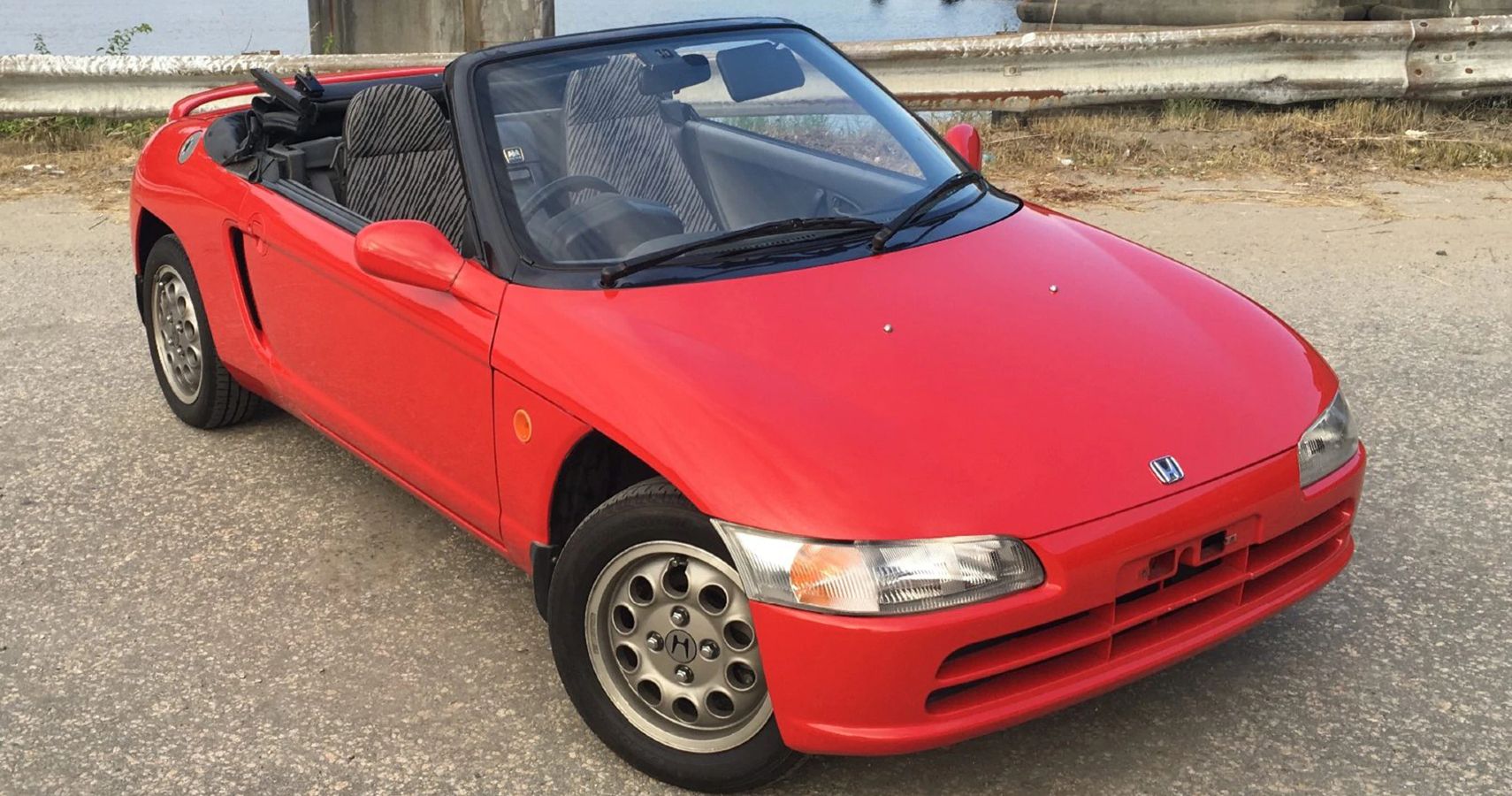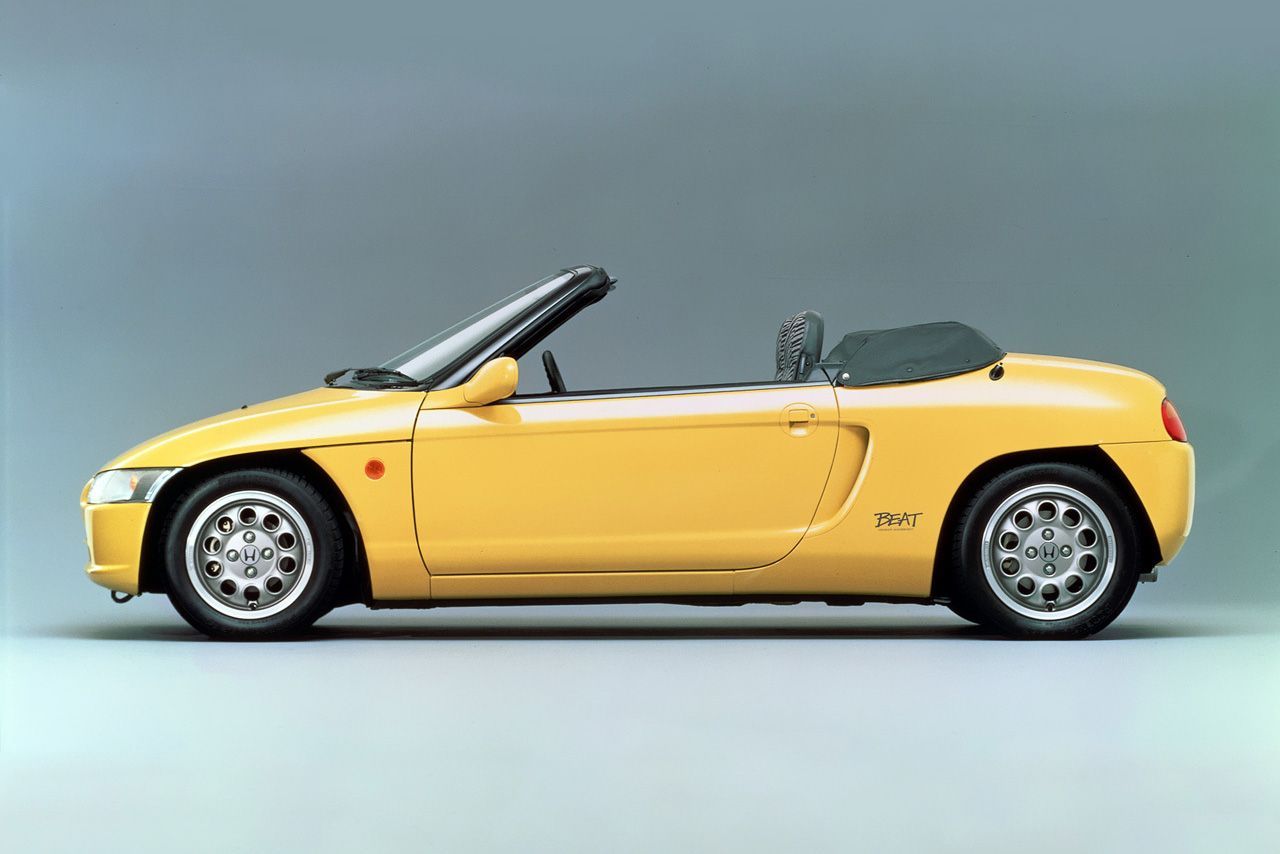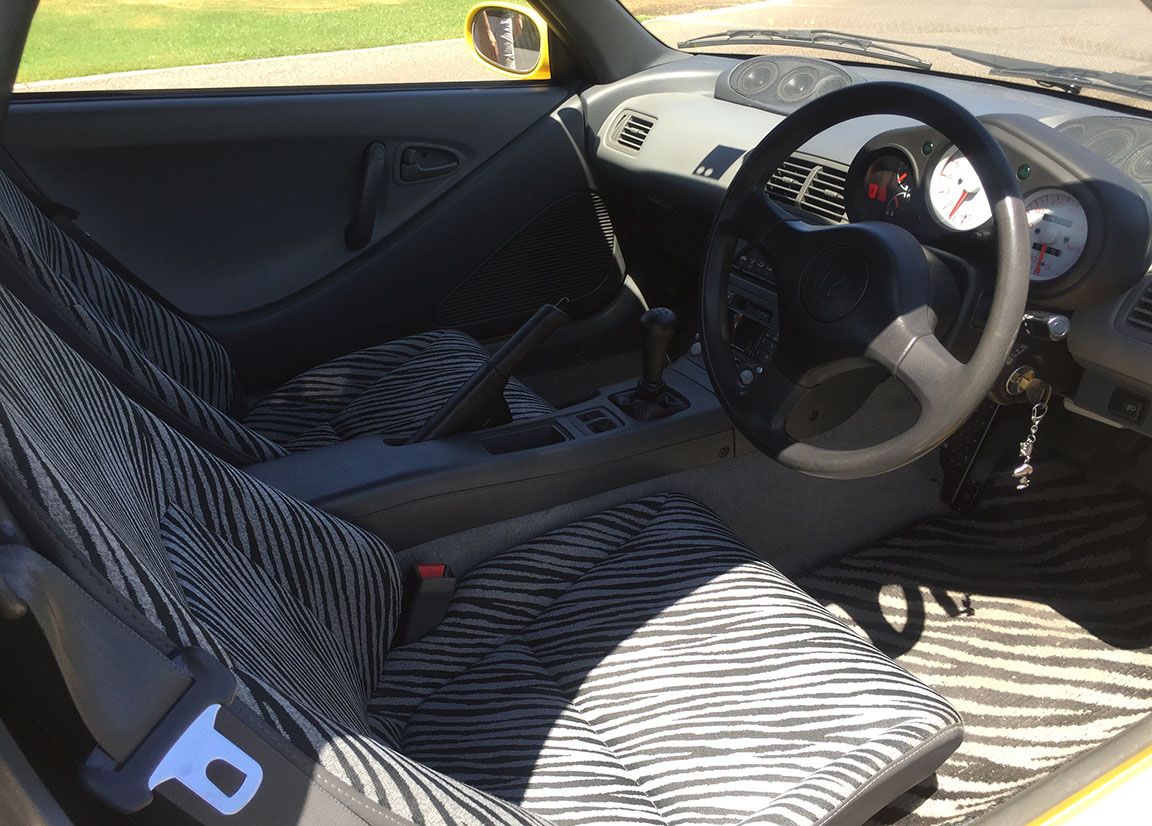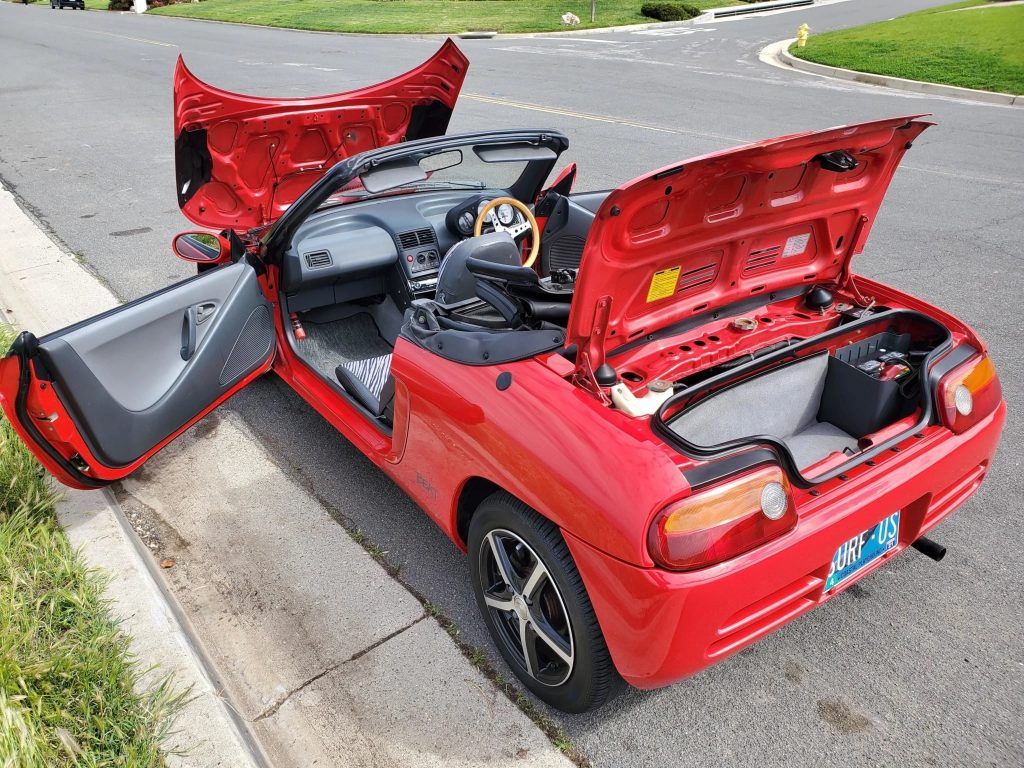The Beat might have the perception of an adorable toy car, but that impression might not be quite precise. This car by Honda has only three cylinders with only 650cc of displacement and no forced induction. However, compared to cars that pack turbocharged engines, the Beat can still give them a run for their money despite having only 63 horsepower.
When it landed fresh out of production, Honda never saw fit to bring the Beat from Japan. However, the good news is that this hidden gem by the Japanese manufacturer will soon be running on the streets around the world again.
As the last decade of the 20th century dawned, Honda gave folks a lot to smile about. At that time, the company introduced a stylish, mid-engine, two-seat turn-conqueror powered by a free-revving naturally-aspirated engine. So, this is all you need to know before buying a Honda Beat.
The History Behind Beat’s Creation
In the late 1980s and early 1990s, when Japan was booming, and the Yen stood strong, the automakers experimented and created a round of sports cars that still fit within the 'kei' car restrictions. Mazda created the gull-winged Autozam AZ-1. Suzuki made the Cappuccino, and Honda created the Beat, which, for some reason, is not very highly regarded. The Beat was a small mid-engine rear-wheel drive kei car produced by Honda from 1991 until 1996. Pininfarina designed the car, and it was the last car to be approved by the founder of Honda, Soichiro Honda. Just over 33,000 Beats were ever created.
Twenty-six years after the car’s debut, Honda has announced that it will resume the production of the parts for the Beat. The mid-engine roadster, introduced in May 1991, is a beloved enthusiast’s car in Japan. Besides, it was the primary sector in which it was ever sold. With the new catalog of select parts, Honda hopes the vehicle will stay on the road longer. With only 63 horsepower, the Beat might not look very powerful on paper. However, with just 1,675 lbs to carry around, an 8,500 rpm redline, and individual throttle bodies for each of its three cylinders, the car is an incredibly pure distillation of the Honda ethos.
The Intelligent Built And Comfortable Interiors
The interiors of this car are roomier than you might presume. The car’s convertible nature makes the fairly tight hip room and headroom seem like trivial issues. Plus, despite holding relatively bare-bones, the Beat does offer an AC, which was relatively uncommon in cars back then. While radio was optional, the mid-engine convertible came with zebra-print seats as standard.
The Beat is sketched in such a way that it allows optimum weight distribution with a low polar moment of inertia and sufficient interior room for the passengers — the intelligent packaging aids both space and performance. The small radiator is located at an angle under the spare wheel in the front of the car and is placed within the stream of air coming from the bumper inlets, and it vents underneath the car. The engine is also offset on the left and alongside the opposite the fuel tank and battery are placed, thus evenly distributing mass in the rear. The center of gravity is positioned in the driver’s torso area, making a small but crucial contribution to the car's handling.
The Superior Specifications And Performance
The engine has a small but perfectly formed 656cc capacity with three cylinders. It is a single overhead camshaft design with four valves per cylinder. The cylinders have individual throttle bodies, helping the Beat to reach the maximum permitted 64 HP power output from a Kei car without resorting to a turbo. The lack of a turbo does affect acceleration - the 0 to 60 time of 13 seconds makes the car slower than its turbocharged competitor, the Suzuki Cappuccino.
A five-speed manual transmission is the only option, and as expected from a mid-engine car, it is rear-wheel drive. There is an electronic speed limit that kicks in at 83 MPH, although from what it's known, it can be removed for a higher top speed of around 100 MPH. The pursuit of maximum speed in this car could be termed as its downside in a way.
After a long wait, the Beat is set to rule the streets again. Perhaps, with rumors persisting of a new sports car positioned somewhere between the Beat and the S2000 in terms of size, performance, and price just around the corner, Honda might finally send some more of that magic across the Pacific this time around as well.




